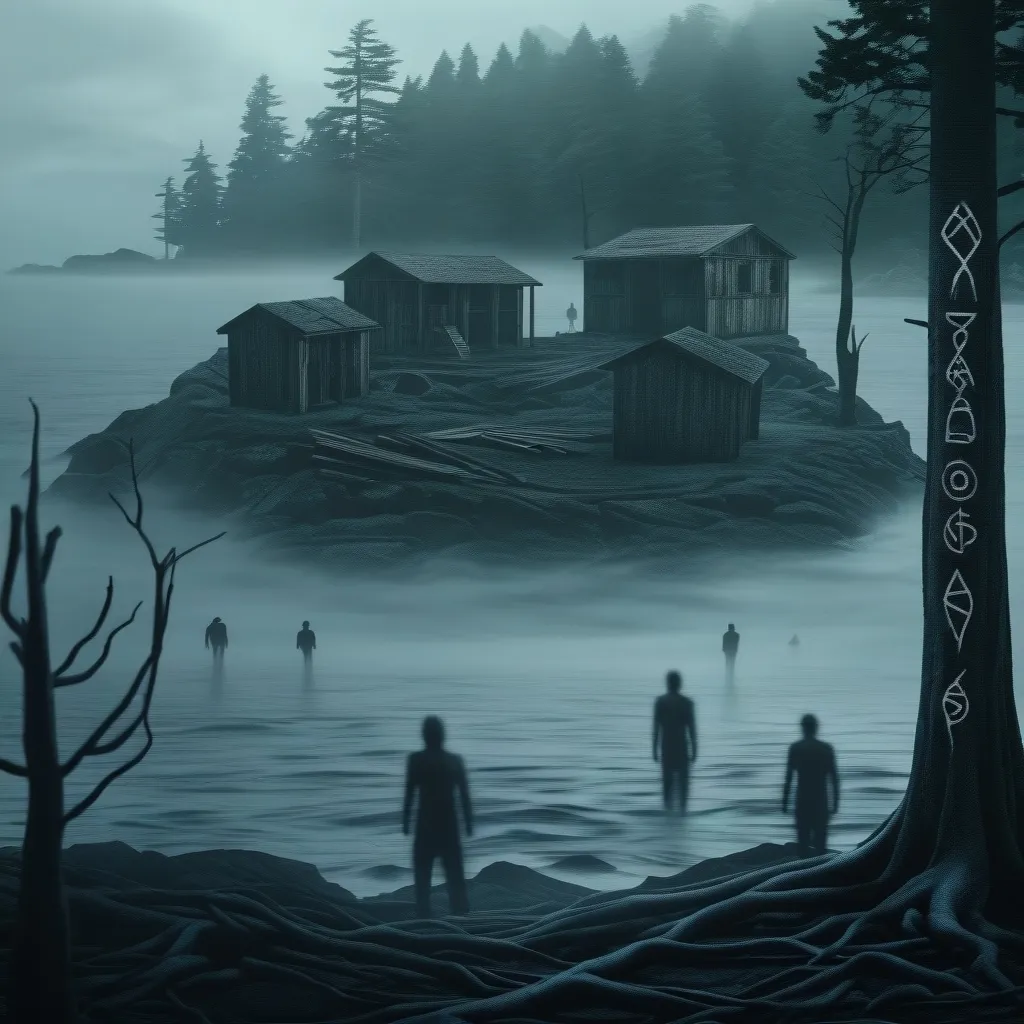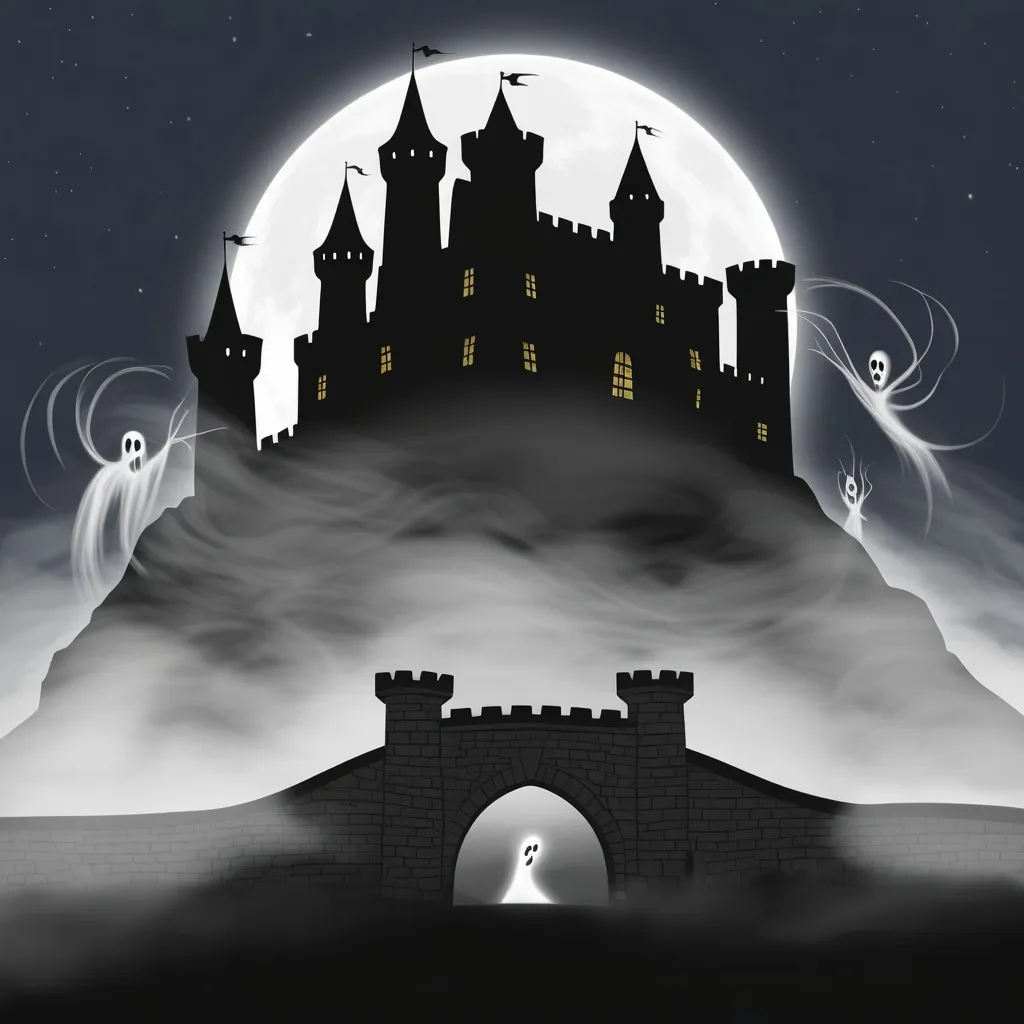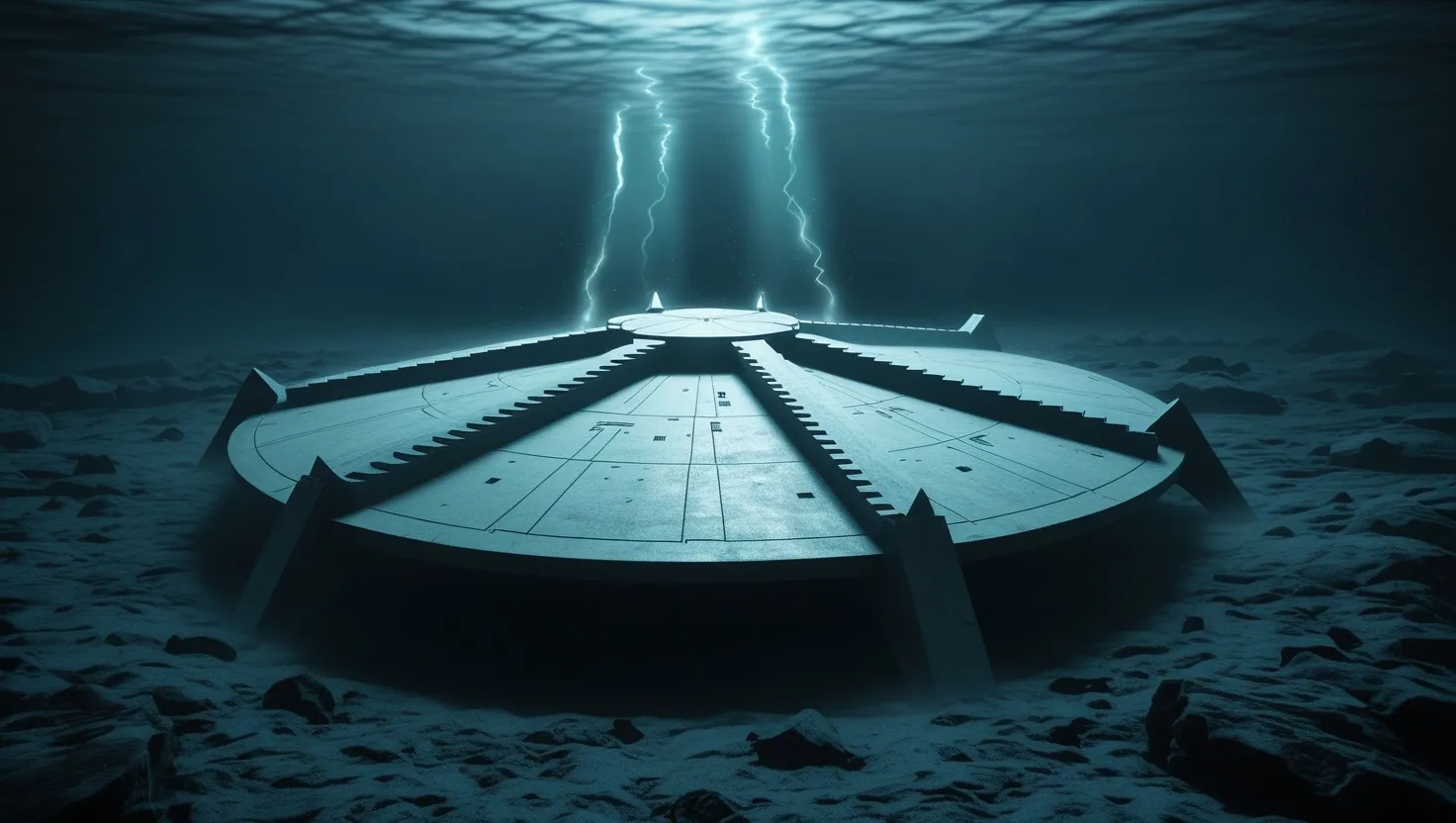The Lost Colony of Roanoke: America’s Enduring Mystery
Four centuries ago, a group of brave English settlers set out to establish a permanent colony in the New World. Little did they know that their endeavor would become one of the most baffling mysteries in American history. The Lost Colony of Roanoke continues to captivate our imagination, leaving us wondering what really happened to those 117 souls who vanished without a trace.
It all began in 1584 when Sir Walter Raleigh, an ambitious English explorer, sent a scouting party to the eastern coast of North America. The reports they brought back were nothing short of glowing. They described a land of immense potential, rich in resources and ripe for settlement. This new land was christened “Virginia,” in honor of Queen Elizabeth I, the Virgin Queen.
Excited by the prospects, Raleigh wasted no time in organizing a proper colonization effort. In 1587, a diverse group of 117 settlers set sail from England. They were a mix of men, women, and children, all eager to start a new life in this promising land. Among them was John White, who would serve as the colony’s governor, along with his pregnant daughter Eleanor Dare and her husband Ananias.
When they arrived at Roanoke Island in July 1587, the settlers immediately set about building their new home. It must have been an exciting time, full of hope and anticipation. Just a few weeks after their arrival, on August 18, 1587, Eleanor Dare gave birth to a daughter. They named her Virginia Dare, and she became the first English child born on American soil. It seemed like a good omen, a symbol of the colony’s bright future.
But life in the New World was far from easy. The settlers faced numerous challenges, from dwindling supplies to tense relations with some of the local Native American tribes. It became clear that they needed more resources to survive and thrive in this unfamiliar land.
This is where our story takes a fateful turn. Just ten days after Virginia Dare’s birth, John White made the difficult decision to return to England for supplies. It was meant to be a quick trip, but fate had other plans. White’s return coincided with the Spanish Armada’s invasion attempt of England, and suddenly, all ships were needed for the war effort. What was supposed to be a brief journey turned into an agonizing three-year wait.
Can you imagine how White must have felt? Stranded in England, knowing his daughter, granddaughter, and all the other colonists were struggling to survive across the ocean. It must have been unbearable.
Finally, on August 18, 1590 – Virginia Dare’s third birthday – White managed to return to Roanoke Island. But what he found (or rather, didn’t find) would become the stuff of legend.
The settlement was deserted. The homes had been dismantled, and there wasn’t a single colonist in sight. It was as if they had vanished into thin air. The only clues left behind were two cryptic carvings: the word “CROATOAN” on a fence post and the letters “CRO” on a nearby tree.
These mysterious markings have fueled centuries of speculation. What did they mean? Where did everyone go?
One popular theory suggests that the word “CROATOAN” was a sign that the colonists had moved to Croatoan Island (now known as Hatteras Island). This island was home to a friendly Native American tribe led by Chief Manteo, who had become an ally of the English. Could the colonists have sought refuge with them when times got tough?
This theory isn’t without merit. Archaeologists have discovered English artifacts in Native American villages on Hatteras Island. It’s tempting to imagine the colonists integrating with the local tribe, learning their ways, and forming a unique hybrid community.
But not all theories are so optimistic. Some historians believe the colonists might have fallen victim to hostile Native American tribes. The English had a history of conflict with some local groups, particularly during a previous settlement attempt in 1585-86. Could these tensions have escalated into violence?
Others speculate that the colonists might have attempted to sail back to England on their own and perished at sea. Or perhaps they moved inland, seeking better conditions, only to succumb to disease, starvation, or other hardships.
The mystery deepened in the early 20th century with the discovery of the Dare Stones. These stones, inscribed with messages purportedly from Eleanor Dare, told a harrowing tale of the colonists’ fate. Most of these stones are now believed to be forgeries, but some experts argue that at least one might be authentic.
Despite centuries of research and speculation, we still don’t have a definitive answer about what happened to the Lost Colony. It’s a story that continues to capture our imagination, inspiring countless books, artworks, and even an outdoor drama that’s been performed every summer since 1937.
The tale of Roanoke serves as a powerful reminder of the challenges faced by early colonists. These weren’t just settlers; they were adventurers venturing into the unknown. They faced a hostile environment, unfamiliar diseases, food shortages, and complex relationships with the native inhabitants. Their disappearance underscores the precarious nature of early colonial efforts.
It’s fascinating to consider what might have happened if things had gone differently. What if the colonists had arrived earlier in the season, giving them more time to establish crops? What if they had maintained better relations with all the local tribes? What if John White had been able to return sooner?
The story of Roanoke also highlights the importance of preparation and adaptability in the face of adversity. The colonists were ill-equipped for the challenges they faced, and their disappearance serves as a stark reminder of the risks involved in such ambitious undertakings.
Today, visitors to the Outer Banks of North Carolina can still feel the echoes of this lost settlement. The remnants of Fort Raleigh stand as a silent witness to the colonists’ efforts. Walking through this historic site, it’s hard not to wonder about the 117 pioneers who vanished into the wilderness. Did they find a new home among the Native Americans? Did they succumb to the harsh realities of their new environment? Or is the truth something we haven’t even considered?
The Lost Colony of Roanoke remains one of America’s most enduring mysteries. It’s a story that connects us to our past, reminding us of the courage and determination of those early settlers. It also serves as a testament to the complexity of history and the limits of our knowledge.
As we continue to search for answers, the Lost Colony reminds us that some mysteries may never be fully solved. And perhaps that’s part of its enduring appeal. In a world where we’re used to having answers at our fingertips, the story of Roanoke invites us to embrace the unknown, to keep wondering, and to never stop exploring.
So the next time you hear about the Lost Colony of Roanoke, take a moment to imagine those brave settlers stepping onto the shores of a new world. Think about their hopes, their fears, and the incredible journey that brought them there. And remember that sometimes, it’s the unanswered questions that keep history alive in our hearts and minds.






